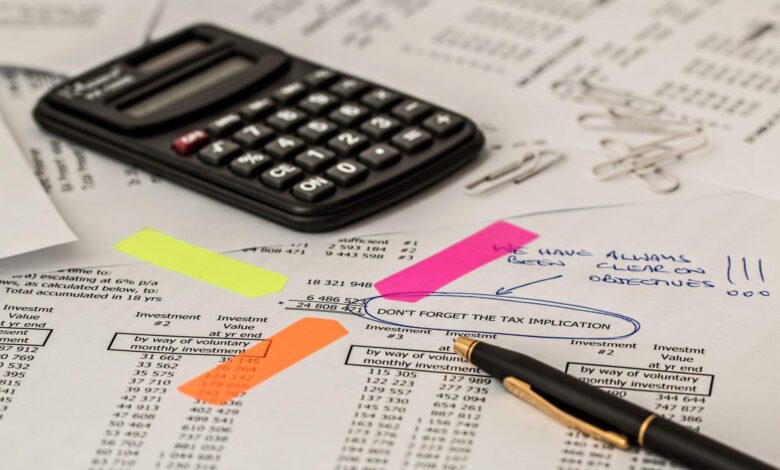In the present generation, many events require you to travel to another country, whether it is a holiday, education travel,…
Read More »Finance
Applying for a loan can be stressful, especially if you need one because something has gone wrong. There are many…
Read More »The intricate cogs of a modern business include various processes that require meticulous attention to detail. Among these, the payroll…
Read More »For new businesses, the journey to success involves many decisions, including how to acquire essential tools. Enter the finance heavy…
Read More »Estate planning is a crucial aspect of managing your assets and ensuring that your loved ones are taken care of…
Read More »Small business owners in Long Beach face unique challenges in managing their finances and planning for growth. Navigating complex financial…
Read More »Have you ever found yourself in need of quick cash but not sure where to turn? Online loans can be…
Read More »Investing after retirement requires careful planning to ensure financial security and steady income. Understanding how to invest after retirement can…
Read More »Do you want to start building your financial future but feel lost about where to begin? As a young professional,…
Read More »Are you a young parent struggling to make ends meet? Do you find yourself constantly worrying about money and how…
Read More »








